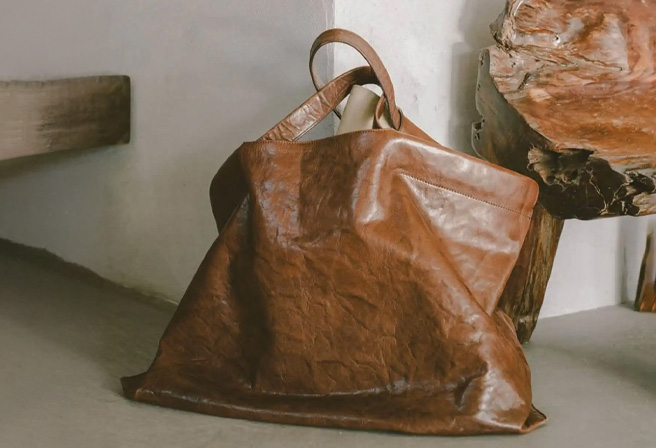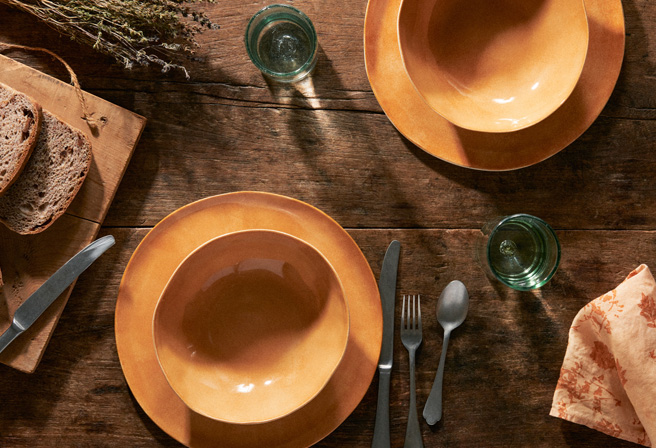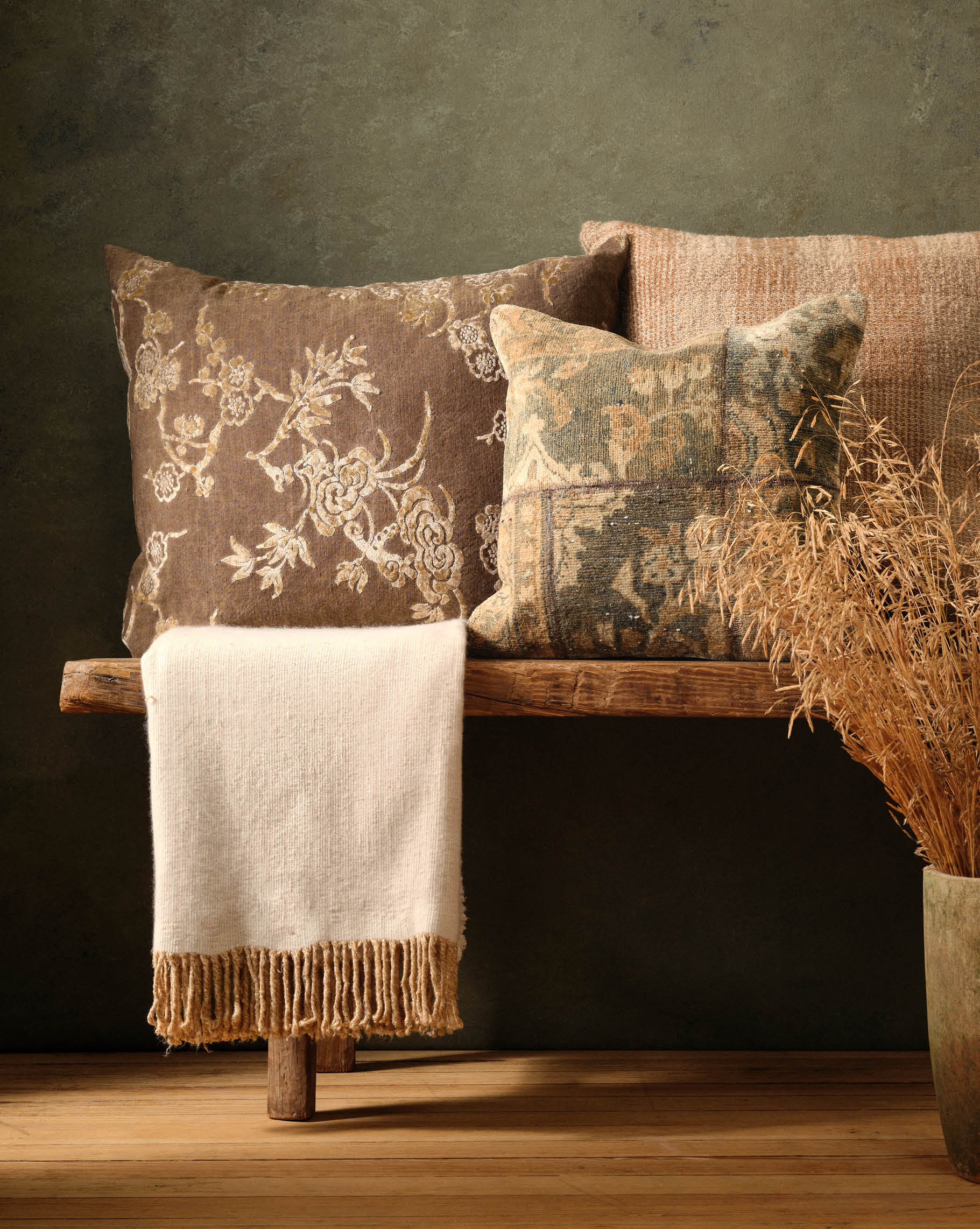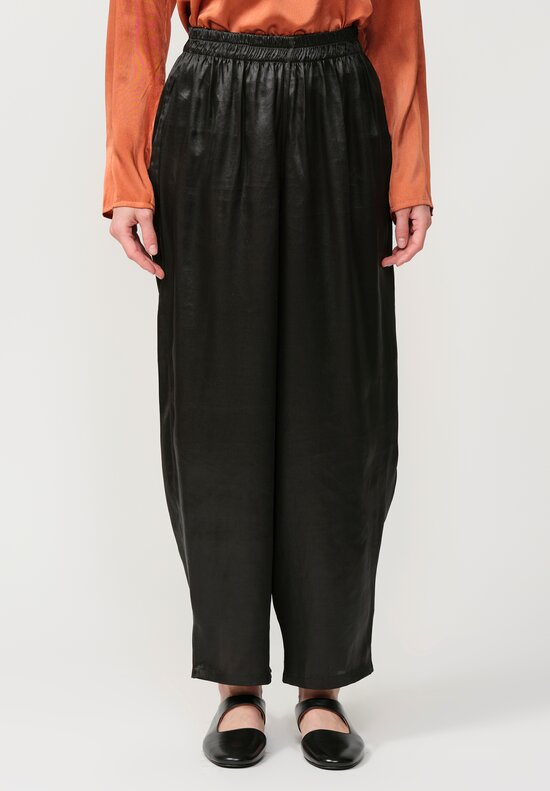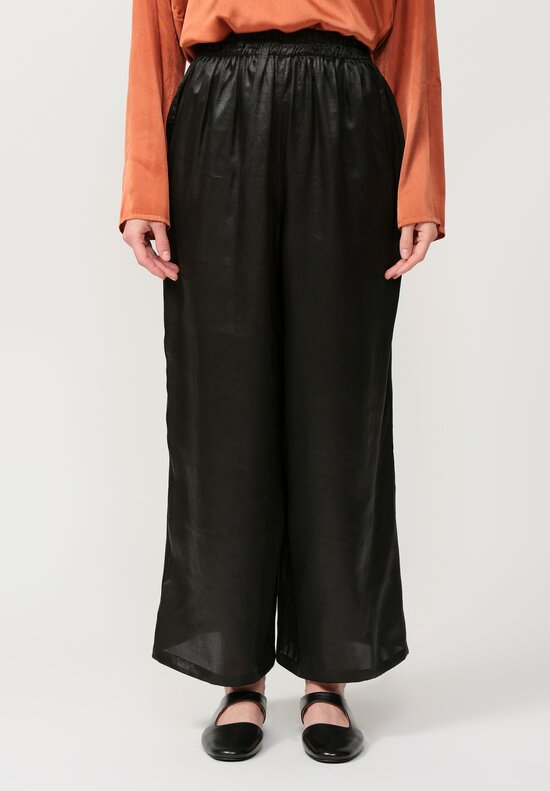Achievable only during a few short months of the year, the ancient art of mud silk is an intricate seasonal process.

Not only do the weather conditions have to be just right, but the organic make-up of the surrounding landscape has to be in perfect harmony to create the components crucial to mud silk’s signature color. Also known as tea silk, this unique textile harnesses plant matter, river mud, sunshine and time to create one of the world’s most unique and coveted fabrics.


Originating in the Guangdong Province of China, mud silks date back to the fifth century, during the Ming Dynasty. The tradition lives on today along the Pearl River, wherein a subtropical river delta carries the iron-rich mud that artisans bind to raw silk. Traditionally, the fabric has contrasting surfaces on each side – one side a glossy black, while the other a matte orange- brown, green, or blue depending on the additional natural dyes used – most often yam or indigo.

The bolts of silk are simmered in large clay basins filled with water and dried yams – a soaking process repeated up to forty times until the desired depth of color is achieved. After being laid in the sun – often in long stretches across an open field – a thin layer of anthracite coal is applied to its surface, followed by a layer of iron-rich river mud. The silk is left to dry and develop – a lengthy final process to cure the tannins in the dyes. The finished silk is crisp and shiny in the hand – a characteristic that softens with time and wear.












